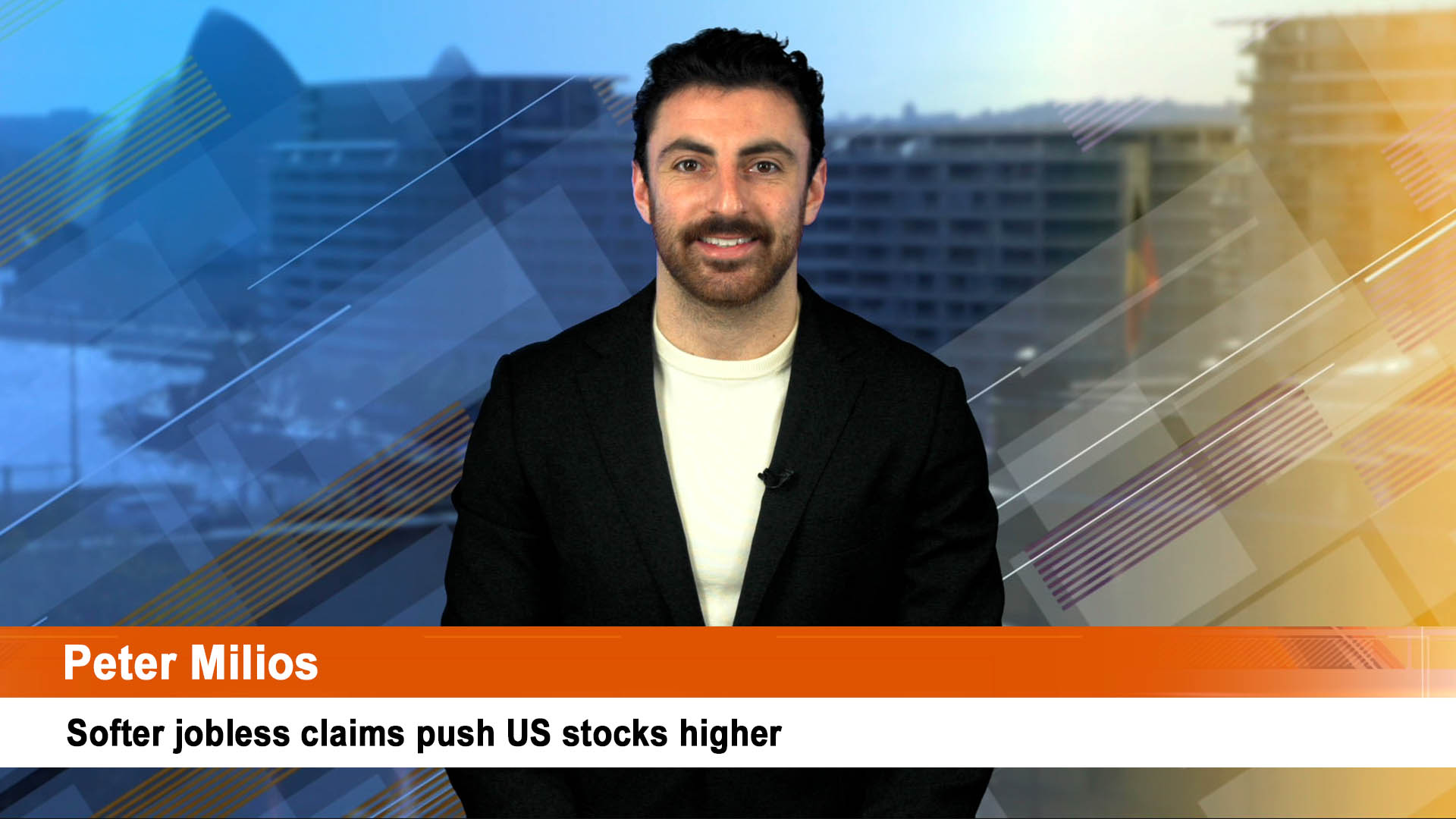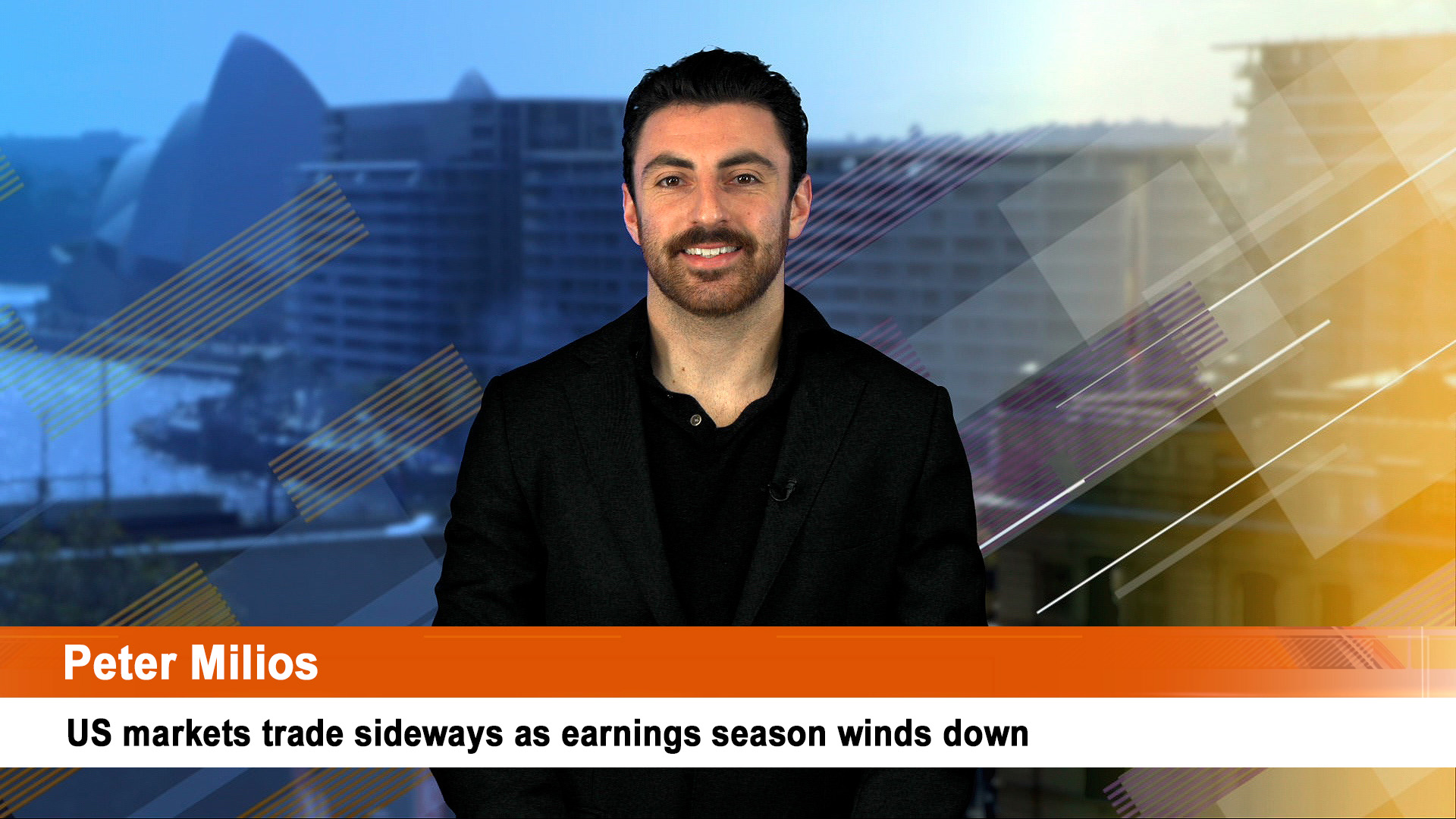Last week will be hard to top for the volatility and at times sheer fear that gripped markets – all flowing from Russia’s invasion of Ukraine, the knock-on impact of western sanctions which in turn pushed some major commodities to new highs, or new multi-year peaks.
Putin added to the volatility by implying that he could use nuclear weapons and the seizure of Chernobyl and Ukraine’s largest nuclear power station further heightened fears.
Outside of the war there was US and Chinese consumer price inflation data – the former at a 40 year plus high of 7.9% a year, the latter barely moving at 0.9%. Both face higher readings this month and April from higher energy prices but China’s rate will remain far below America’s.
And then there’s plenty of action from central banks which would normally dominate thinking and market activity in a normal week.
There’s the expected 0.25% rate rise from the US Federal Reserve, another expected (0.25%) rate rise from the Bank of England, the minutes of the RBA’s March meeting and finally the Bank of Japan on Friday which will keep its decade long very easy monetary policy stance unchanged.
Central banks in Indonesia and Taiwan also meet this week for monetary policy decisions.
The major focus will be on the Fed (Tuesday and Wednesday) which is set to start the long-flagged process of raising interest rates with a 0.25% hike in the Fed Funds rate taking it to a range of 0.25-0.5%.
This is widely expected because Fed Chair Jay Powell has already indicated he is likely to propose a 0.25% hike at this week’s meeting and not a 0.5% rise that some analysts had talked about before the Russian invasion of Ukraine and the enormous boost that has given to inflation globally.
The post-meeting statement – due early Thursday morning, Sydney time is likely to be hawkish given the expected outlook for higher inflation with the Fed’s ‘dot plot’ shifting up to 5 hikes this year from 3 back in December, according to the AMP’s chief economist, Shane Oliver.
But the volatility and uncertainty around Ukraine will temper the hawkishness while the Fed is also likely to announce more details around how it will proceed with Quantitative Tightening (ie, reducing its bond holdings).
On the US Wednesday sees the release of February’s retail sales – a 0.4% gain is forecast, industrial production (higher) and housing starts (higher). Home starts and new home sales will be a bit weaker.
The Bank of England meeting on Thursday is expected to raise its cash rate by another 0.25% taking it to 0.75%, express concern about the uncertainty posed by the war in Ukraine but remain hawkish given the continuing upwards pressure on inflation, according to the AMP’s chief economist, Shane Oliver
Friday sees the Bank of Japan’s March monetary policy meeting – no change is expected given the ongoing weakness in inflation in Japan. Core inflation (also Friday) is likely to have remained negative in February.
In Australia, the RBA minutes have already been given an airing with two speeches by Governor Philip Lowe since the meeting of the bank’s monetary policy board on March 1.
But Dr Oliver says analysts will be watching for more discussion about the Bank’s ‘patience’ in assessing whether inflation will be sustainably in the target range (although Governor Lowe repeated a warning on Friday that people should prepare for the chance of a rate rise later this year).
“More detail around how it sees the impact of the war in Ukraine will be watched for, with the RBA seeming to so far be paying more attention to the upwards pressure it will put on inflation as opposed to the negative impact on growth from higher petrol prices which will be offset by the boost from higher commodity prices to national income,” Dr Oliver wrote in his weekly note at the weekend.
On the data front in Australia, ABS data (Tuesday) is expected to show a 4% rise in December quarter home prices in line with private sector surveys while Thursday’s jobs data is expected to show a 40,000 gain in employment, higher hours worked after the Omicron disruption and a fall in unemployment to 4.1%.
China releases its final pack of economic data for January-February with retail sales, investment and industrial production on Tuesday, plus house prices figures on Wednesday. Watch for more analysis on property investment and house price movements – the news won’t be comforting.
China is also grappling with another lockdown in the northeastern city of Changchun (with 9 million people) as cases of Covid Omicron balloon.
The Chinese mainland on Friday reported 476 locally transmitted COVID-19 cases, the National Health Commission said Saturday, while a total of 1,173 asymptomatic cases were reported Friday, including 125 arriving from outside the mainland, according to the commission.
The total number of confirmed COVID-19 cases reported on the mainland, both local and imported, had risen to 113,528 by Friday (since the start of the pandemic in 2020, according to the Xinhua newsagency).
Finally, Moody’s economists think the Central Bank of Russia will likely hike its policy rate 500 basis points to 25% this week. In the wake of the country’s invasion into Ukraine, the CBR hiked rates massively to 20% the Monday after the invasion started on February 24. This was to help stem the outflow of rubles from the country.
Moody’s economists say that “with the sanctions piled onto the country, the ruble has collapsed, but the CBR will still need to push rates higher to incentivize against bank runs, and in light of the inflationary pressures building.”













